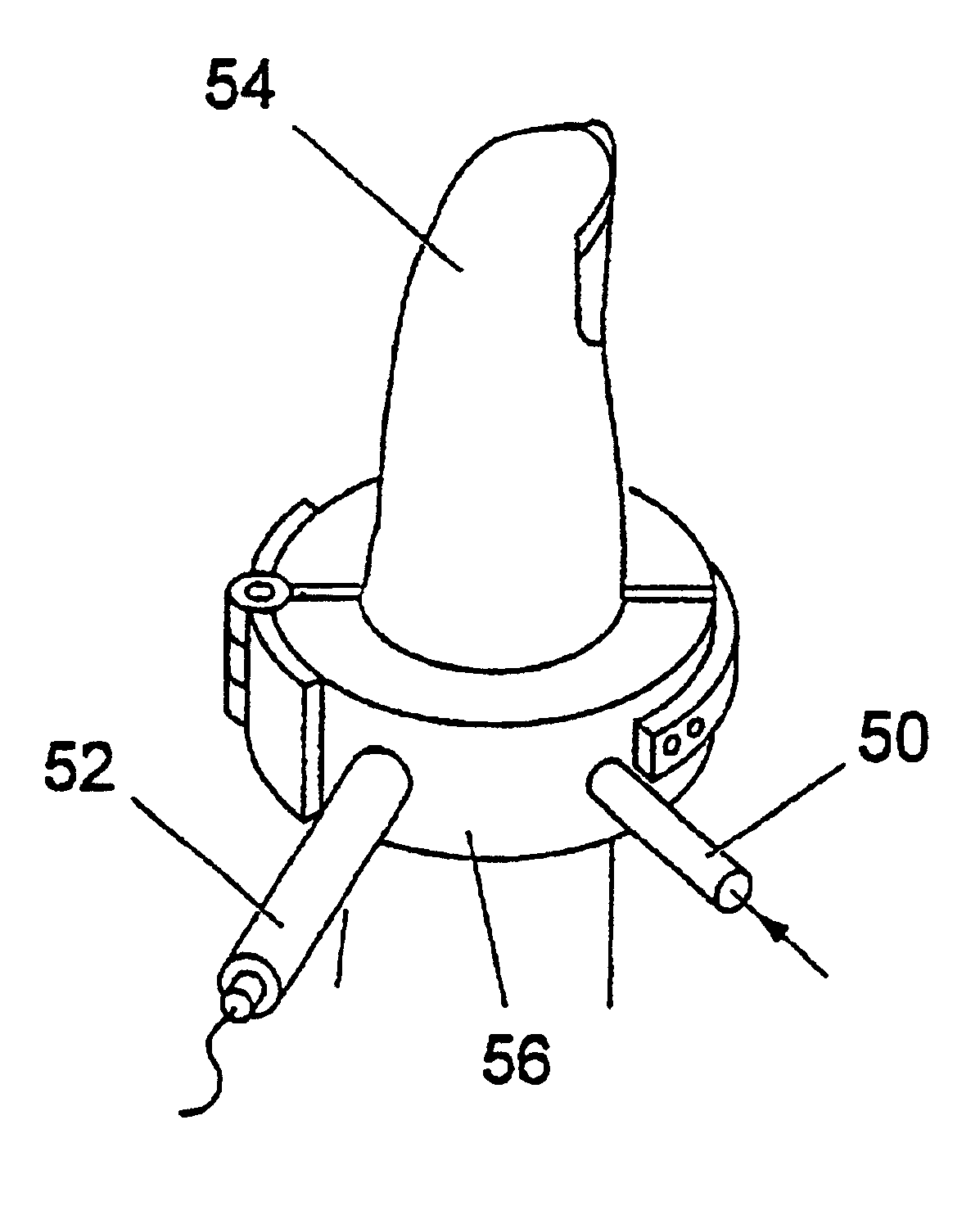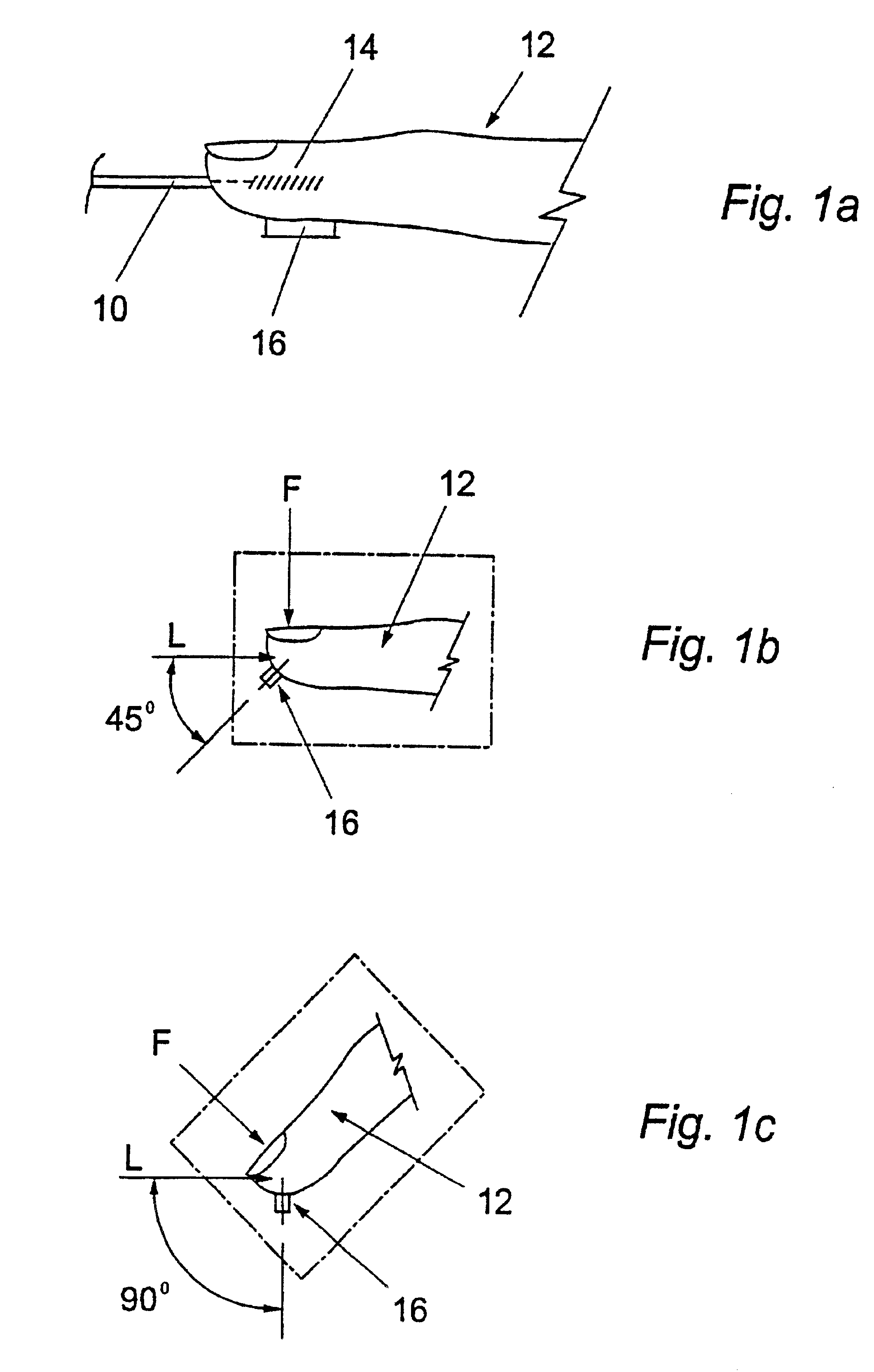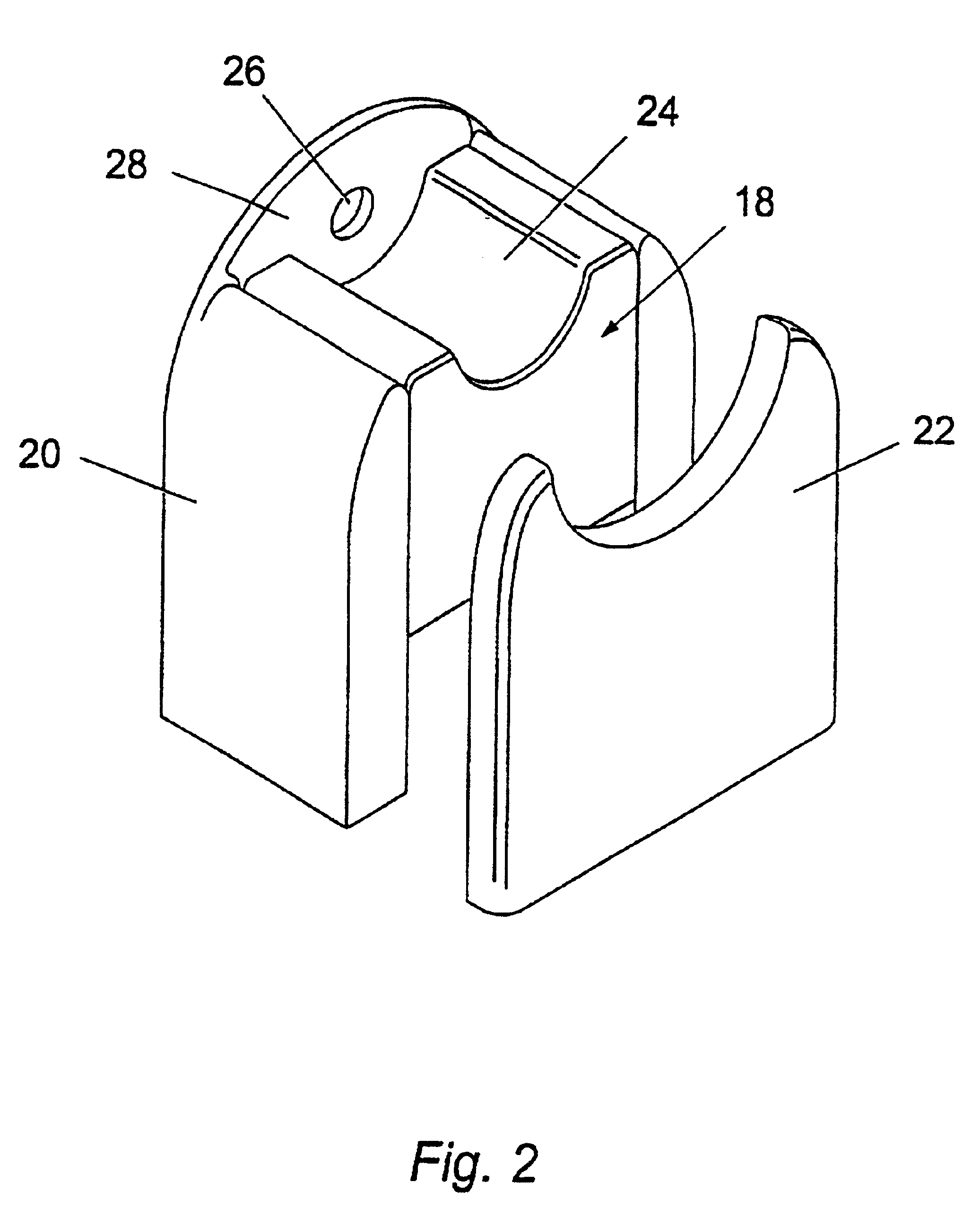System for measuring a biological parameter by means of photoacoustic interaction
a biological parameter and photoacoustic interaction technology, applied in the field of biological parameter measurement by means of photoacoustic interaction, can solve the problems of poor long-term reproducibility and bio-compatibility of sensors, high cost of instruments, and inability to obtain accurate and repeatable measurements
- Summary
- Abstract
- Description
- Claims
- Application Information
AI Technical Summary
Benefits of technology
Problems solved by technology
Method used
Image
Examples
Embodiment Construction
The blood glucose levels of three individuals, one normal individual, one type 1 diabetic and one type 2 diabetic, were followed over a two hour period following each individual taking about 75 grams of glucose orally in an aqueous solution by both photoacoustics and direct blood measurement. The results are reported in FIGS. 17, 18 and 19. Photoacoustic measurements were made every five minutes and blood measurements were made very ten minutes. The blood samples were venous blood samples analysed by the standard glucose oxidase method using a Yellow Springs instrument. The error bands for the blood measurements were derived from the literature accompanying the testing instrument while those for the photoacoustic results were based on the averages taken over 1000 pulses. The results were obtained from a configuration similar to that illustrated in FIG. 1 in which 10 was an end of a 1 km multimode fibre Optic cable which was placed against the finger 12. The other end received 600 na...
PUM
| Property | Measurement | Unit |
|---|---|---|
| wavelength | aaaaa | aaaaa |
| wave length | aaaaa | aaaaa |
| angle | aaaaa | aaaaa |
Abstract
Description
Claims
Application Information
 Login to View More
Login to View More - R&D
- Intellectual Property
- Life Sciences
- Materials
- Tech Scout
- Unparalleled Data Quality
- Higher Quality Content
- 60% Fewer Hallucinations
Browse by: Latest US Patents, China's latest patents, Technical Efficacy Thesaurus, Application Domain, Technology Topic, Popular Technical Reports.
© 2025 PatSnap. All rights reserved.Legal|Privacy policy|Modern Slavery Act Transparency Statement|Sitemap|About US| Contact US: help@patsnap.com



